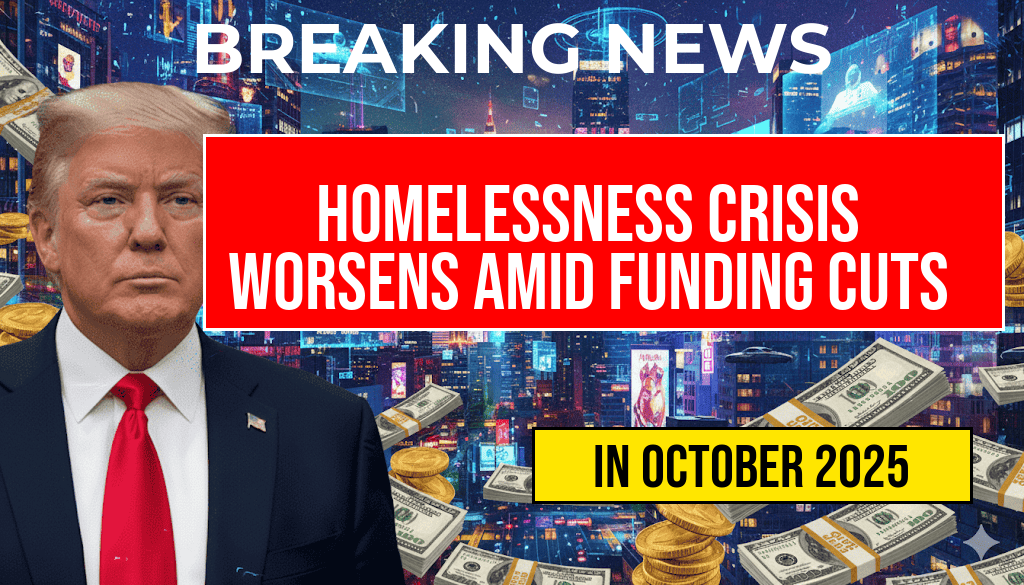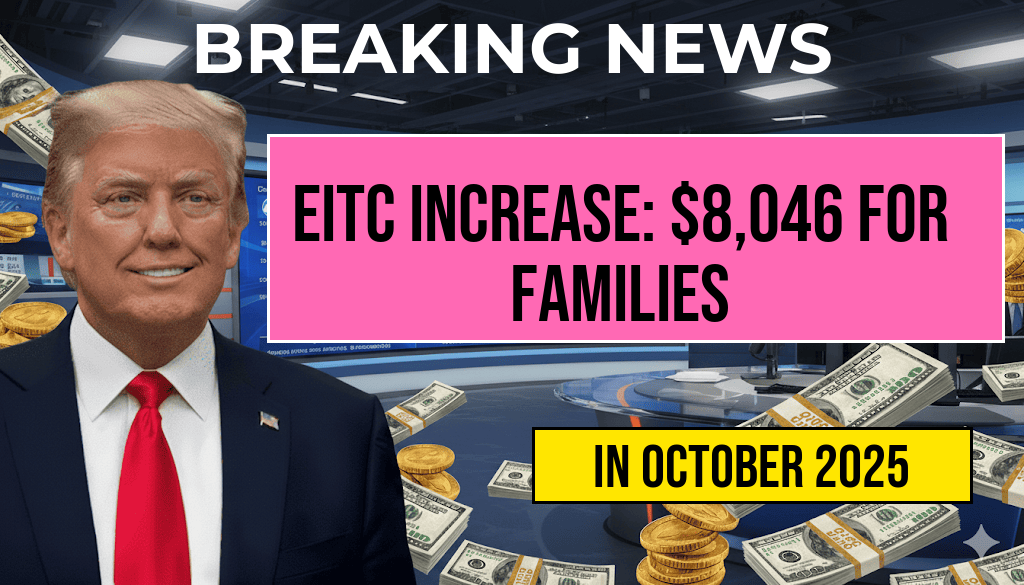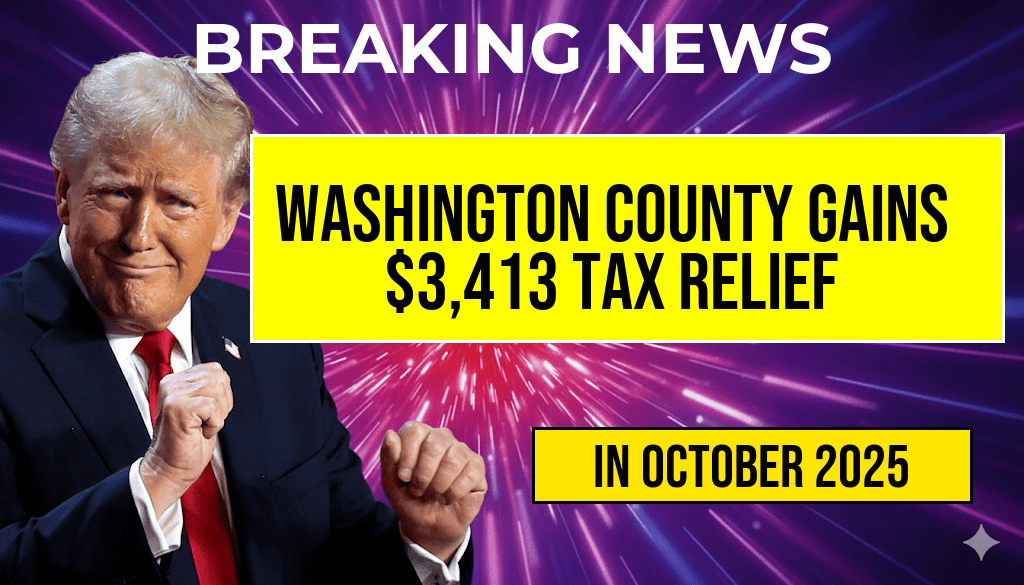The ongoing homelessness crisis in the United States has taken a significant turn for the worse as federal funding through the Department of Housing and Urban Development (HUD) has plummeted from $3.3 billion to just $1.1 billion—a reduction of approximately 67%. This drastic cut threatens to undermine vital programs aimed at providing shelter, housing assistance, and support services to vulnerable populations. Experts warn that the reduction could jeopardize the housing stability of an estimated $170,000 individuals and families currently experiencing homelessness, intensifying a crisis that already strains local resources and community services across the country.
Impact of Funding Cuts on Homelessness Programs
Disruption of Critical Services
The sharp decline in federal funding has led to the suspension or scaling back of numerous programs designed to combat homelessness. These include emergency shelters, transitional housing, mental health support, and job training initiatives. Local agencies, heavily reliant on federal dollars, are now grappling with budget shortfalls, forcing difficult decisions on which services to prioritize.
Increase in Homelessness Numbers
Preliminary data suggests that the reduction in HUD funds could result in an uptick in homelessness rates nationwide. According to the National Alliance to End Homelessness (NAEH), even a small decrease in funding can lead to thousands of additional individuals living on the streets or in shelters. The current fiscal shift threatens to undo years of progress made in reducing homelessness in cities like Los Angeles, New York, and Seattle.
Financial Risks and Affected Populations
| Funding Level | Number of People at Risk | Services Affected |
|---|---|---|
| $3.3 Billion (Pre-Reduction) | Approx. 400,000 | Comprehensive housing programs, mental health, employment support |
| $1.1 Billion (Post-Reduction) | Approx. 230,000 | Limited shelter options, reduced case management, fewer transitional programs |
| Estimated Additional Homelessness | $170,000 individuals and families at increased risk of losing stable housing | |
Among those most at risk are individuals with chronic mental health issues, veterans, youth aging out of foster care, and low-income families. Many of these populations depend heavily on federal housing vouchers and supportive services that may now face cuts or delays.
Local Responses and Challenges
Municipal Strain and Innovative Solutions
Local governments are scrambling to fill the funding void through reallocations and grants, but the disparity in resources exacerbates disparities across regions. Cities like San Francisco and Chicago have launched emergency initiatives, but their efforts are limited in scope and capacity.
Some community organizations are exploring alternative funding sources, including private donations and philanthropic grants. Nonetheless, these efforts are insufficient to meet the growing demand, and experts warn that without federal support, many programs will be forced to shut down entirely.
Potential Policy Responses
- Advocacy for increased federal funding in upcoming budget negotiations
- Expansion of state-level housing initiatives
- Enhanced coordination between federal, state, and local agencies to optimize resource allocation
- Implementation of rapid rehousing programs with streamlined application processes
Broader Context and Future Outlook
Economic and Social Factors Contributing to the Crisis
The decline in HUD funding occurs amid broader economic challenges, including rising housing costs, stagnant wages, and persistent disparities in healthcare and employment. The COVID-19 pandemic exposed and intensified existing vulnerabilities, making the current situation particularly urgent.
Research from the Wikipedia page on homelessness in the U.S. highlights that the number of Americans experiencing homelessness has remained stubbornly high despite previous efforts, emphasizing the need for sustained investment and comprehensive policy solutions.
Looking Ahead
Without immediate action to restore or increase federal funding, experts warn that the homelessness crisis could worsen, leading to increased health emergencies, higher public safety costs, and deeper societal inequities. Policymakers face mounting pressure to address the funding shortfall and develop long-term strategies that prioritize affordable housing, mental health care, and economic stability for vulnerable populations.
Frequently Asked Questions
What is the main reason for the increase in the homelessness crisis?
The homelessness crisis has deepened primarily due to a significant **drop in HUD funding**, which fell from **$3.3 billion to $1.1 billion**, reducing resources available for homelessness prevention and support programs.
How does the reduction in HUD funding impact homelessness efforts?
The reduction in **HUD funding** jeopardizes existing **homelessness prevention programs**, risking the loss of approximately **$170,000** in essential support that helps individuals secure housing and access services.
What are the potential consequences of decreased funding on vulnerable populations?
Decreased **funding** may lead to fewer available shelters, support services, and housing assistance, disproportionately affecting **vulnerable populations** such as families, veterans, and the chronically homeless.
Are there any efforts or proposals to address the funding shortfall?
Various **advocacy groups** and **local governments** are calling for increased **federal funding** and alternative resources to combat the worsening **homelessness crisis** and support affected communities.
What can individuals do to help mitigate the impact of the funding cuts?
Individuals can support **local charities**, participate in **advocacy campaigns**, and raise awareness about the importance of adequate **funding** for homelessness services to help **mitigate the crisis**.








